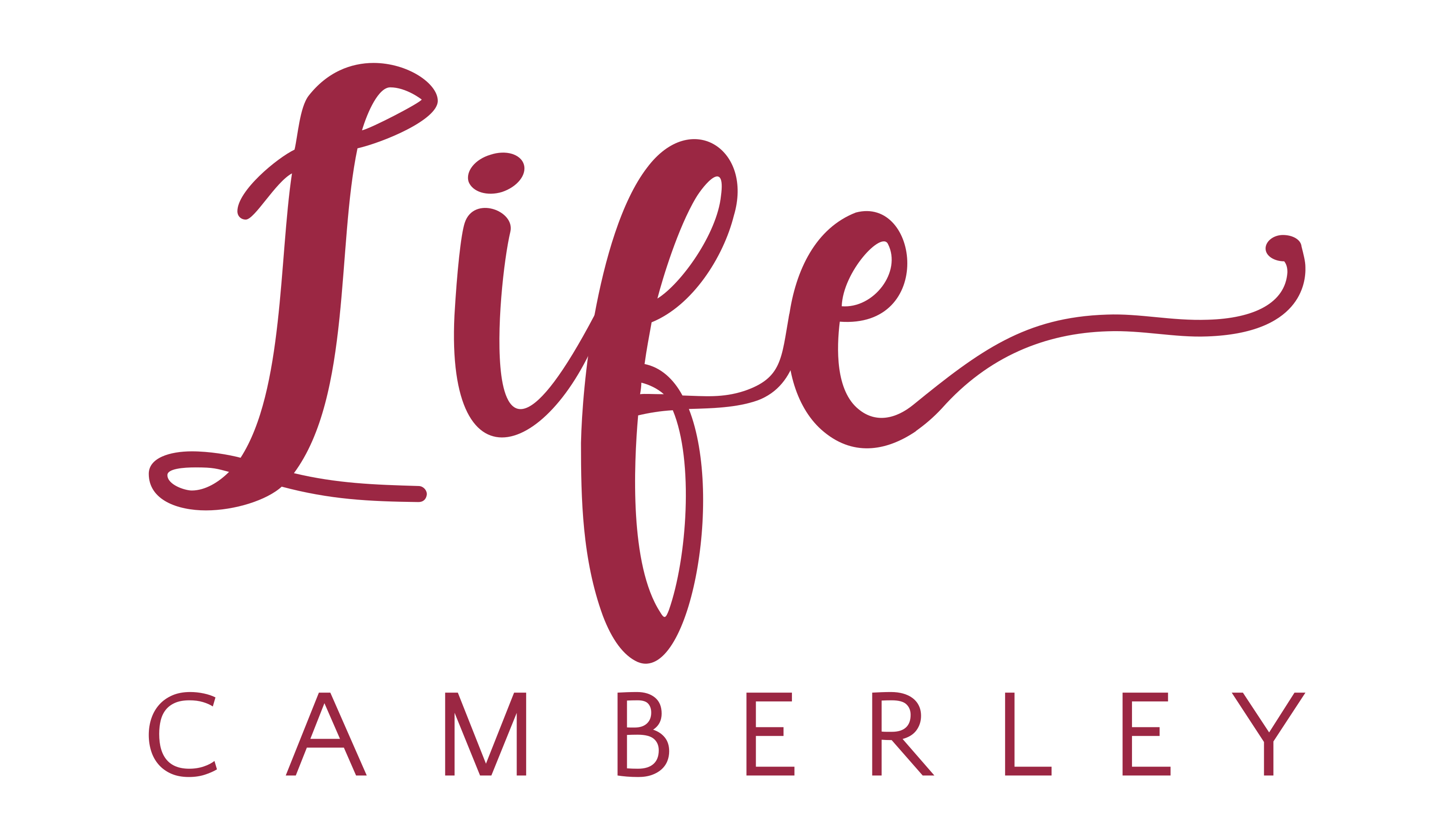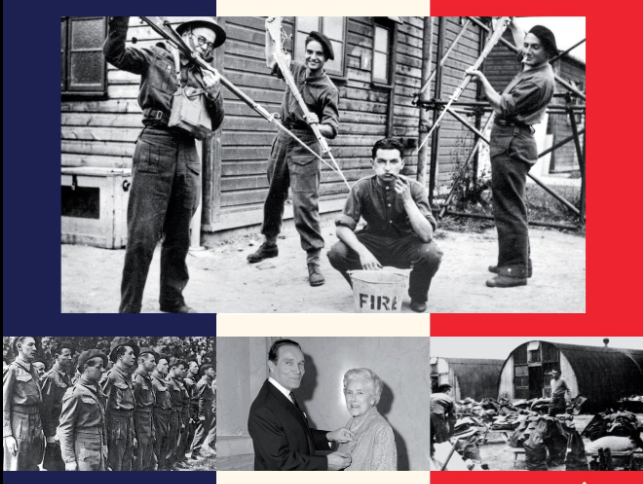Blue plaques unveiling ceremony Saturday 11 November at 12:30pm
Two blue plaques will be unveiled on the Old Dean estate in Camberley on Saturday 11 November by the French Attache from the French Embassy. The plaques mark the Free French forces camp that was situated on Old Dean Common (1940 to 1944).
This historic event has been organised by Surrey Heath Museum in partnership with the local community. The plaques have been kindly funded by the Surrey Councillor Community Fund and Le Souvenir Français UK.
The plaques will be placed on Beacon Church and Lorraine School – both buildings are on the site where the camp once stood. Lorraine school adopted the name of the Lorraine Cross, the symbol of the Free French during the Second World War.
The plaque unveiling ceremony at the Beacon Church will be attended by UK and French dignitaries and local community groups including; The Mayor of Surrey Heath, Councillor Pat Tedder, Councillor Shaun Macdonald, Leader, Surrey Heath Borough Council, Councillor Trefor Hogg, Surrey County Council, Rt Hon Michael Gove, MP for Surrey Heath and representatives from Le Souvenir Français UK.
All are welcome to watch the unveiling ceremony at The Beacon Church at 12:30pm.
Councillor Shaun Macdonald, Leader Surrey Heath Borough Council said; “Camberley, and the wider Surrey Heath area, has a rich military history and this camp was often visited by Charles de Gaulle, and also Winston Churchill, which shows the significance of this site. It is very important that we remember our connection to the Free French soldiers based here, their personal stories and many sacrifices fighting for “Honneur et Patrie” (honour and country) to achieve a free France and democratic Europe, something we have seen recently from Ukraine can never be taken for granted.”
Councillor Trefor Hogg, Councillor, Surrey County Council said; “I am extremely pleased that we have this opportunity to remember all those extraordinarily brave people who trained at the Centre D’Instruction Old Dean, taking up arms to continue the fight for Fraternity, Equality and Liberty in partnership with us, as France and the United Kingdom continue to work together in partnership today.”
What is a blue plaque?
A blue plaque is a permanent sign installed in a public place in the United Kingdom, and certain other countries and territories, to commemorate a link between that location and a famous person, event, or former building on the site, serving as a historical marker.
Who was Charles De Gaulle?
General Charles De Gaulle was a French army officer and statesman who led Free French Forces against Nazi Germany in World War II and chaired the Provisional Government of the French Republic from 1944 to 1946 in order to restore democracy in France. In 1958, he came out of retirement when appointed President of the Council of Ministers (Prime Minister) by President René Coty. He rewrote the Constitution of France and founded the Fifth Republic after approval by referendum. He was elected President of France later that year, a position to which he was re-elected in 1965 and held until his resignation in 1969.
Who are the Free French Forces?
The Free French Forces (FFF) were based on the Old Dean Common during the Second World War. The FFF were made up of soldiers from the French Army and French civilians who had escaped from the Second World War battlegrounds in France, Belgium, Norway, and North Africa from June 1940 (after the French Government had surrendered to the German Army). The Old Dean Camp was one of several camps locally and became French soil while the FFF occupied the site (1940-1944).
Winston Churchill recognised an inspirational French army officer, Charles de Gaulle, as “the leader of all Free Frenchmen, wherever they may be”. The Old Dean Camp became a training ground for use of weapons, military equipment, and military tactics – Charles de Gaulle is thought to have visited the camp numerous times. The UK War Office provided the French soldiers with food, accommodation, uniform and equipment. The FFF were an important part of Allied Forces campaigns in Europe and Africa. They also participated in Operation Overlord and the D-Day operations of 6 June 1944; this was the beginning of the end of the Second World War.
Camberley welcomed the FFF into their community, organising fund raising events, inviting soldiers into their homes, and looking after their possessions during D-Day and beyond. Many French soldiers of the FFF settled in the area after the War and their descendants still live locally.






